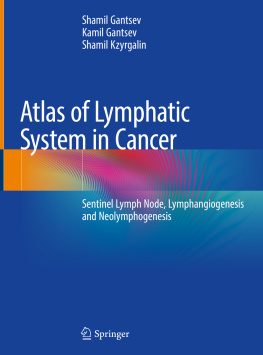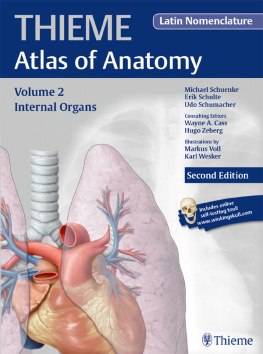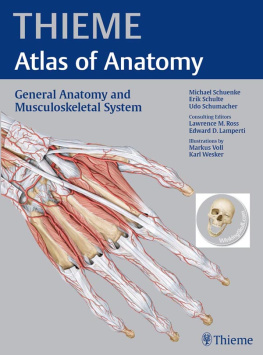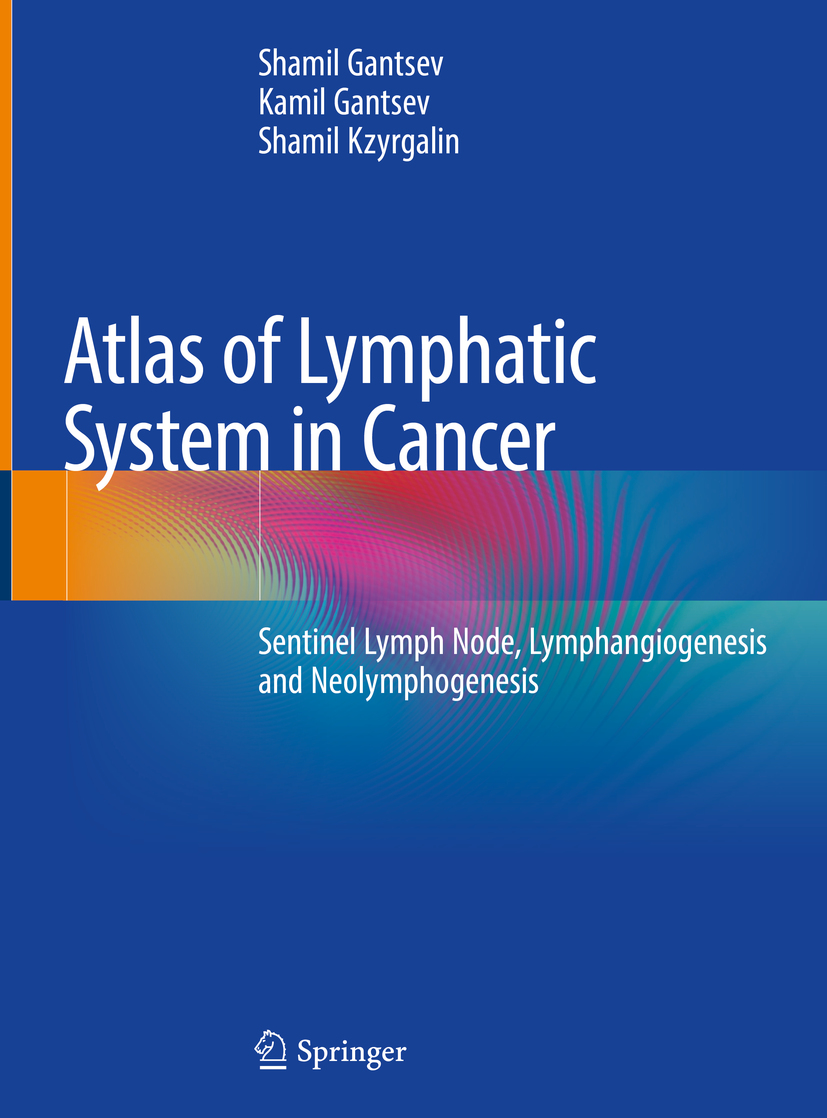Shamil Gantsev - Atlas of Lymphatic System in Cancer: Signal Lymph Node, Lymphangiogenesis and Neolymphogenesis
Here you can read online Shamil Gantsev - Atlas of Lymphatic System in Cancer: Signal Lymph Node, Lymphangiogenesis and Neolymphogenesis full text of the book (entire story) in english for free. Download pdf and epub, get meaning, cover and reviews about this ebook. year: 2020, publisher: Springer Nature Switzerland AG, genre: Home and family. Description of the work, (preface) as well as reviews are available. Best literature library LitArk.com created for fans of good reading and offers a wide selection of genres:
Romance novel
Science fiction
Adventure
Detective
Science
History
Home and family
Prose
Art
Politics
Computer
Non-fiction
Religion
Business
Children
Humor
Choose a favorite category and find really read worthwhile books. Enjoy immersion in the world of imagination, feel the emotions of the characters or learn something new for yourself, make an fascinating discovery.
- Book:Atlas of Lymphatic System in Cancer: Signal Lymph Node, Lymphangiogenesis and Neolymphogenesis
- Author:
- Publisher:Springer Nature Switzerland AG
- Genre:
- Year:2020
- Rating:5 / 5
- Favourites:Add to favourites
- Your mark:
Atlas of Lymphatic System in Cancer: Signal Lymph Node, Lymphangiogenesis and Neolymphogenesis: summary, description and annotation
We offer to read an annotation, description, summary or preface (depends on what the author of the book "Atlas of Lymphatic System in Cancer: Signal Lymph Node, Lymphangiogenesis and Neolymphogenesis" wrote himself). If you haven't found the necessary information about the book — write in the comments, we will try to find it.
This atlas contains a large number of original photographs illustrating the anatomy, research methods, and structural features of the structure of the lymphatic apparatus in oncological diseases. The tissue complexes of the axillary region have been studied in detail. The lymphatic maps of the axillary region in cancer are presented, including those with manifestations of lymphangiogenesis; newly formed lymph nodes formed as a result of neolymphogenesis are also considered. Atlas of Lymphatic System in Cancer: Sentinel Lymph Node, Lymphangiogenesis and Neolymphogenesis is intended for oncologists, anatomists, morphologists and doctors of other specialties. The book is the result of ten years of research. The applied technology of ultrasonic isolation of anatomical structures made it possible to take a fresh look at the lymphatic apparatus in cancer and describe the phenomenon of neolymphogenesis.
Shamil Gantsev: author's other books
Who wrote Atlas of Lymphatic System in Cancer: Signal Lymph Node, Lymphangiogenesis and Neolymphogenesis? Find out the surname, the name of the author of the book and a list of all author's works by series.















